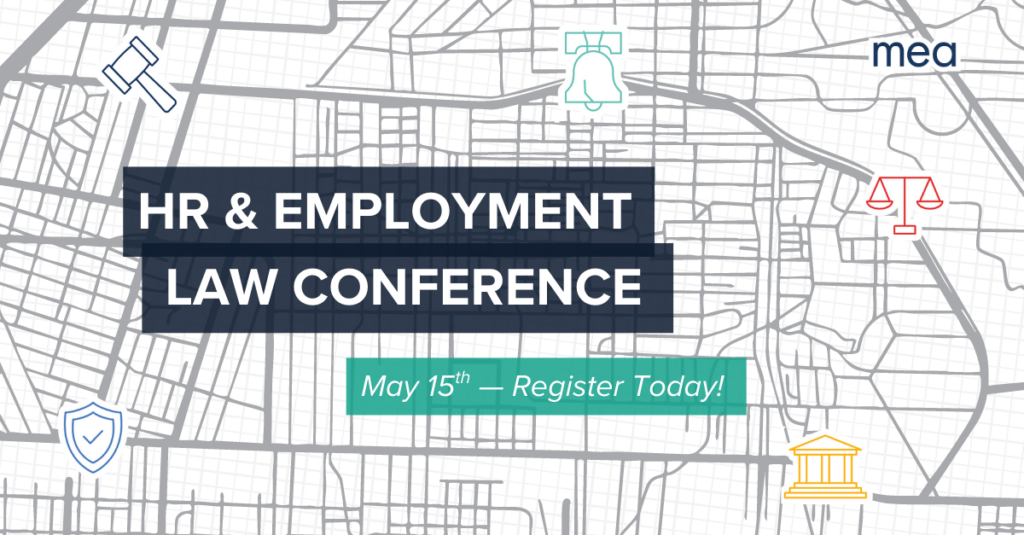For ESOP company leaders, employee ownership culture represents far more than an organizational development initiative, it constitutes a fundamental business strategy that directly impacts financial performance, competitive positioning, and long-term enterprise value. Research consistently demonstrates that organizations with robust ownership cultures achieve superior retention rates, operational efficiency, and profitability compared to their conventionally structured counterparts.
Yet despite the clear performance advantages, many ESOP companies struggle to translate the theoretical benefits of employee ownership into tangible cultural transformation.

The challenge lies not in the ESOP structure itself, but in the systematic development of organizational capabilities that activate and sustain authentic ownership behaviors.
For C-suite executives, particularly those responsible for human capital strategy and organizational effectiveness, building ownership culture requires a deliberate, multi-dimensional approach. While comprehensive ownership culture encompasses numerous interdependent elements, four strategic pillars demand executive-level attention and investment: Ownership Mentality, Collaboration and Participation, ESOP Education, and Financial Literacy.

Ownership Mentality: Translating Equity into Accountability
An ownership mentality extends beyond psychological engagement to encompass measurable behavioral changes that drive business results. This transformation requires systematic alignment between individual performance frameworks and organizational value creation mechanisms.
The foundation lies in restructuring performance management systems to emphasize outcome-based accountability rather than task completion. Human resources leadership must implement cascading objective frameworks that create clear line-of-sight connections between daily work activities and enterprise-level financial and strategic outcomes. This approach ensures that employees understand not merely what they own, but precisely how their contributions influence the value of that ownership.
Recognition and reward systems should reinforce ownership behaviors such as cross-functional collaboration, proactive problem-solving, and continuous improvement initiatives. When employees consistently observe that ownership-aligned behaviors drive both individual recognition and collective success, they develop stronger intrinsic motivation to act as stewards of enterprise value.
The most effective organizations supplement traditional performance metrics with ownership-specific indicators, such as participation in improvement initiatives, peer collaboration frequency, and voluntary assumption of additional responsibilities that benefit organizational outcomes.
Collaboration and Participation: Designing Governance for Employee Voice
Authentic ownership culture requires meaningful participation in organizational decision-making processes. This extends beyond consultation to include systematic mechanisms for employee input on strategic initiatives, operational improvements, and resource allocation decisions.
Effective participation structures include employee-owner councils with defined authority over specific business areas, cross-functional improvement teams empowered to implement solutions, and formal feedback mechanisms that demonstrate clear pathways from employee input to management action. These structures must be supported by comprehensive manager development programs that build facilitation, coaching, and inclusive leadership capabilities across all organizational levels.
The objective is to create distributed decision-making capabilities that leverage the collective intelligence of the employee-owner base while maintaining appropriate governance boundaries. Organizations that successfully implement these systems report measurable improvements in innovation rates, problem resolution speed, and employee engagement scores.
ESOP Education: Building Ownership Literacy
Even within established ESOP organizations, employee understanding of ownership mechanics often remains superficial.
Comprehensive ESOP education programs must address both the technical aspects of employee ownership and their strategic implications for business performance.
Effective education initiatives provide regular, role-specific briefings on share allocation methodologies, vesting schedules, valuation processes, and the direct relationship between individual performance and stock value appreciation. This education should be reinforced through quarterly business updates that explicitly connect operational results to ESOP account values.
The most sophisticated programs include scenario-based learning that helps employees understand how various business decisions, from operational efficiency improvements to strategic investments, influence their ownership value over time. This approach transforms abstract ownership concepts into concrete decision-making frameworks that guide daily behavior.
Financial Literacy: Connecting Performance to Enterprise Value
Ownership culture requires employees who can interpret financial statements, understand key business metrics, and comprehend the relationship between operational decisions and financial outcomes. Without this foundation, employee-owners cannot effectively evaluate business performance or make informed decisions that protect and enhance enterprise value.
Financial literacy programs should establish baseline competencies in income statement interpretation, cash flow analysis, and key performance indicators specific to the organization’s industry and business model. These programs are most effective when delivered through a combination of formal training, manager-led discussions, and regular business performance reviews that demonstrate practical application of financial concepts.
Organizations with mature financial literacy programs report that employees increasingly propose initiatives that balance short-term operational needs with long-term value creation, demonstrating the practical impact of informed ownership decision-making.
Strategic Implementation and Measurement
Successful ownership culture development requires systematic implementation with clearly defined metrics and accountability structures. Leading organizations establish ownership culture scorecards that track both leading indicators (training completion rates, participation levels) and lagging indicators (engagement scores, retention rates, financial performance).
The C-suite must model ownership behaviors consistently and visibly, demonstrating that leadership commitment extends beyond policy statements to daily operational decisions. This includes transparent communication about business performance, authentic solicitation of employee input, and visible response to employee-generated improvement suggestions.
Conclusion: Ownership Culture as Competitive Advantage
For ESOP organizations, ownership culture represents a sustainable competitive advantage that cannot be easily replicated by conventionally structured competitors. However, realizing this advantage requires systematic investment in the organizational capabilities that transform legal ownership into authentic ownership behavior.
The development of ownership mentality, collaborative participation systems, comprehensive ESOP education, and financial literacy creates a reinforcing cycle that drives both employee engagement and business performance. Organizations that successfully build these capabilities position themselves for sustained competitive advantage in increasingly dynamic market environments.
The ESOP structure provides the foundation, but ownership culture creates the performance differential that distinguishes exceptional organizations from merely adequate ones.
For C-suite leaders, this represents both an opportunity and an imperative that demands strategic attention and sustained investment.




